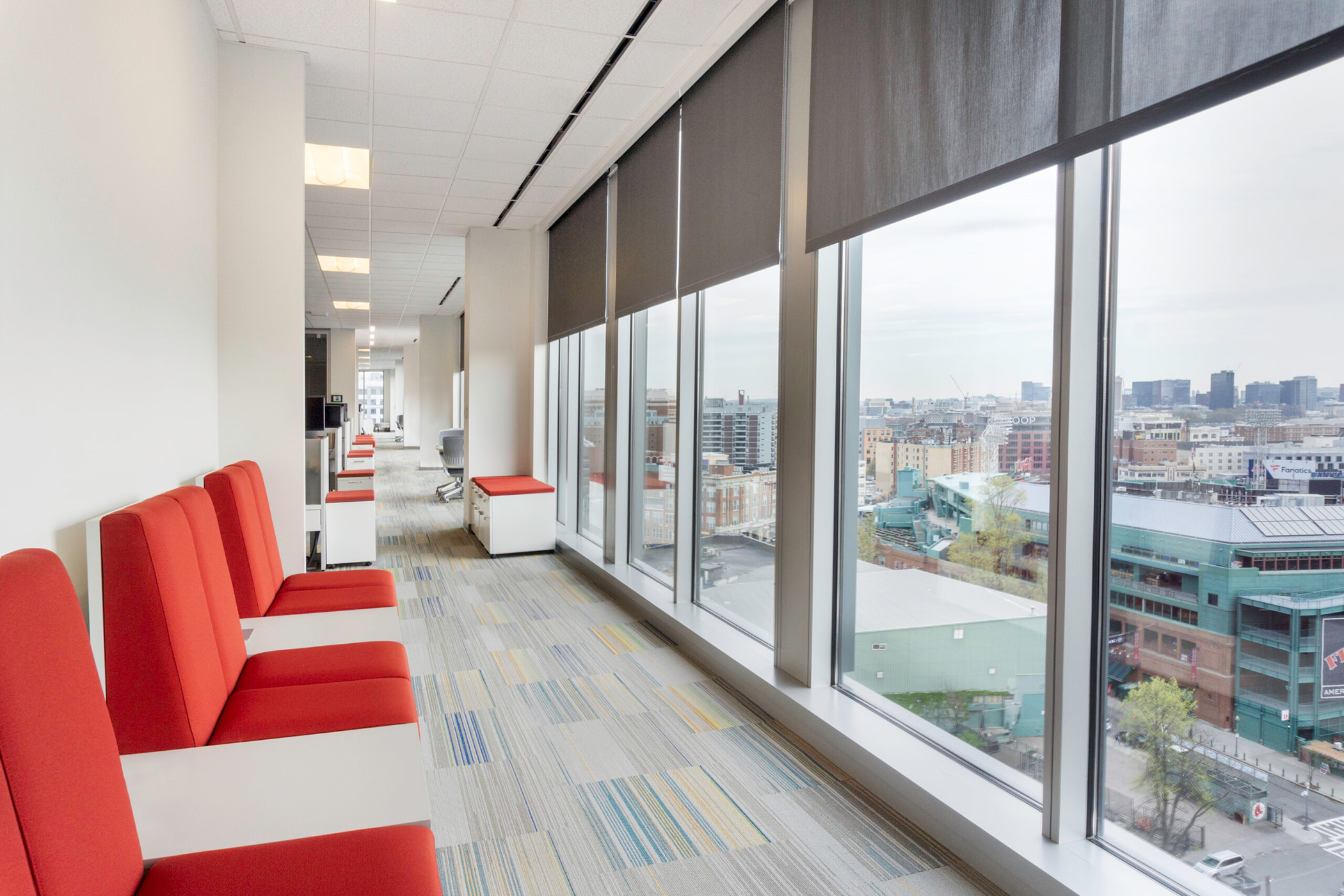Transforming growth factor beta (TGFβ) is a member of a multifunctional cytokine family that regulates cell proliferation, differentiation and apoptosis1.
Normally, TGFβ signaling can function as a tumor suppressor to inhibit cell proliferation in normal epithelial and hematopoietic cells, but in cancer and specifically within the context of the tumor micro-environment, increased TGFβ expression contributes to evasion of an immune response to the tumor and increases the risk of metastasis and recurrence.
Recent studies have shown that TGFβ can drive immune-excluded phenotype in tumor microenvironment (TME) by restricting CD8+ T cell infiltration; thus, tumors with an immune-excluded or poorly inflamed phenotype with high TGFβ levels may be particularly responsive to TGFβ blockade. The distribution pattern of tumor infiltrating lymphocytes (TILs) in the tumor microenvironment (TME) can be classified as three T cell infiltration phenotypes: immune-inflamed, immuneexcluded and immune-desert, based on the spatial localization of lymphocytes with respect to the tumor and stromal compartments. Overcoming the restriction barriers to enable re-distribution of effector T cells from the stroma to close contact with cancer cells might serve as a strategy to improve efficacy of immune checkpoint blockade.
Non-small cell lung cancer (NSCLC) tumor cells have been shown to produce various cytokines that effect tumor growth and antitumor immune responses. Among these TGFβ is a known immunoregulatory cytokine that can function as an oncogenic factor to mediate tumorigenesis, metastasis, and immune escape. However, the clinical development of TGFβ inhibitors have been hampered by lack of efficient predictive biomarkers to identify patients who are likely to benefit from the treatment.
Here we combine analysis of intra-tumoral and peripheral TGFβ levels with digital pathology-based immune-phenotyping, applied to NSCLC samples, which might serve as an integrated approach to identify patients most likely to benefit from TGFβ blockade. Pomponio et al.
Normally, TGFβ signaling can function as a tumor suppressor to inhibit cell proliferation in normal epithelial and hematopoietic cells, but in cancer and specifically within the context of the tumor micro-environment, increased TGFβ expression contributes to evasion of an immune response to the tumor and increases the risk of metastasis and recurrence.
Recent studies have shown that TGFβ can drive immune-excluded phenotype in tumor microenvironment (TME) by restricting CD8+ T cell infiltration; thus, tumors with an immune-excluded or poorly inflamed phenotype with high TGFβ levels may be particularly responsive to TGFβ blockade. The distribution pattern of tumor infiltrating lymphocytes (TILs) in the tumor microenvironment (TME) can be classified as three T cell infiltration phenotypes: immune-inflamed, immuneexcluded and immune-desert, based on the spatial localization of lymphocytes with respect to the tumor and stromal compartments. Overcoming the restriction barriers to enable re-distribution of effector T cells from the stroma to close contact with cancer cells might serve as a strategy to improve efficacy of immune checkpoint blockade.
Non-small cell lung cancer (NSCLC) tumor cells have been shown to produce various cytokines that effect tumor growth and antitumor immune responses. Among these TGFβ is a known immunoregulatory cytokine that can function as an oncogenic factor to mediate tumorigenesis, metastasis, and immune escape. However, the clinical development of TGFβ inhibitors have been hampered by lack of efficient predictive biomarkers to identify patients who are likely to benefit from the treatment.
Here we combine analysis of intra-tumoral and peripheral TGFβ levels with digital pathology-based immune-phenotyping, applied to NSCLC samples, which might serve as an integrated approach to identify patients most likely to benefit from TGFβ blockade. Pomponio et al.

